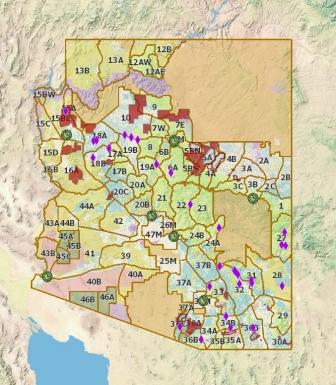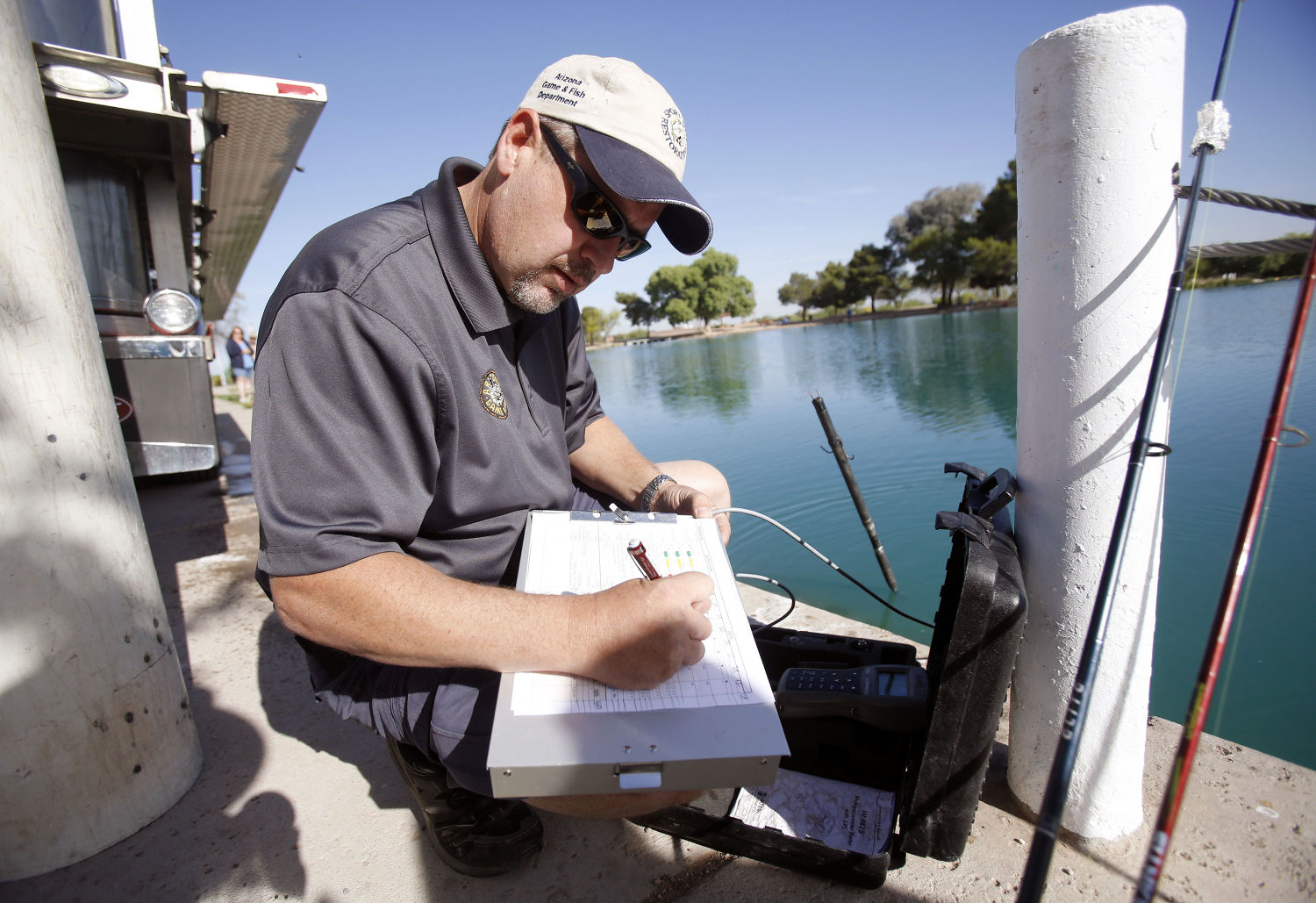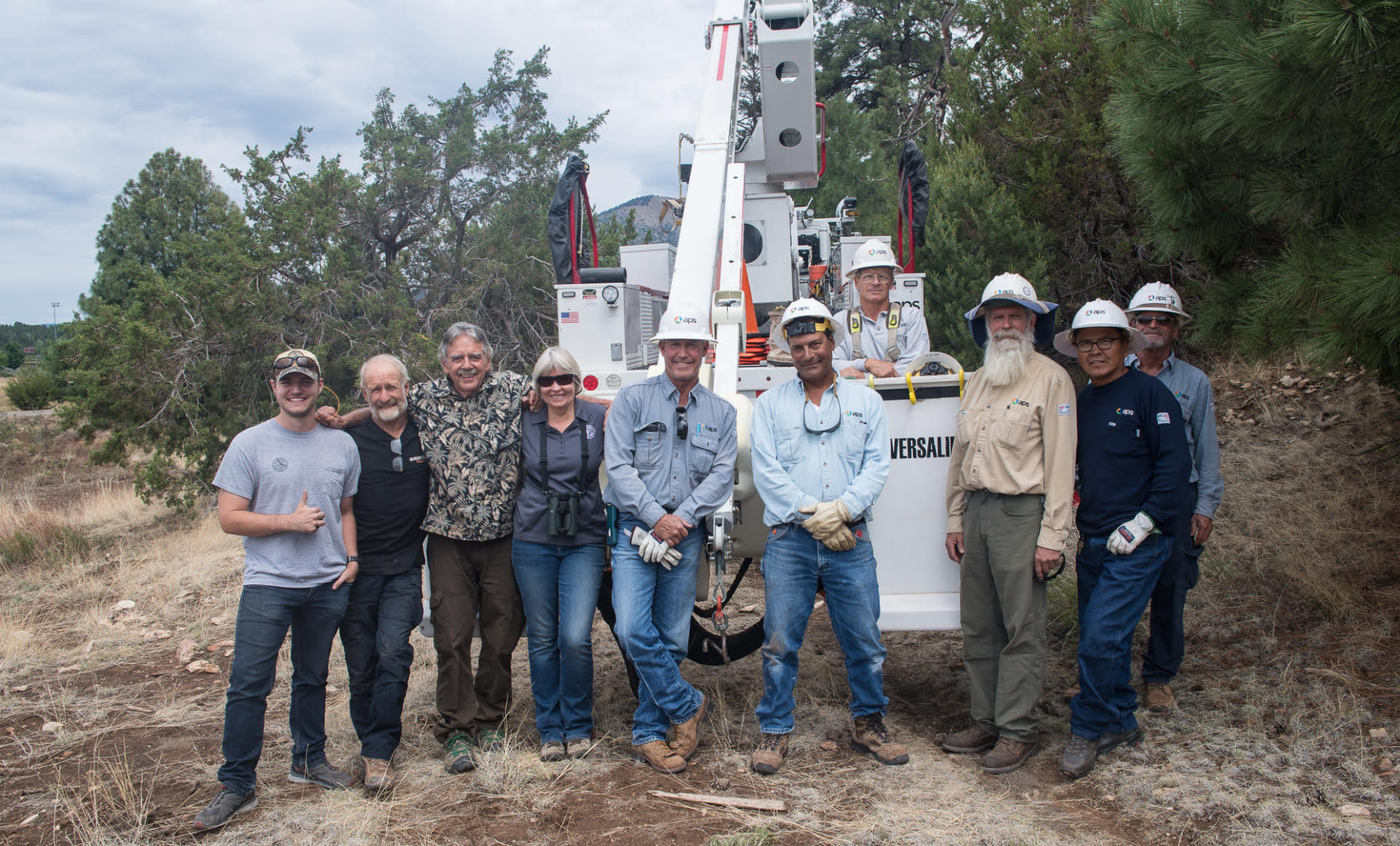

Thus, the Arizona Game and Fish Department requires anglers to procure a license before they are allowed to fish in their waters. Sustainability is essential in the conduct of fishing. Regulations are set in place to make sure that the fishing industry will not exploit their natural resources and to guarantee that the next generations will still be able to enjoy the richness of their waters. It is a state agency that draw rules, implement rules, and provide licenses to those who want to experience the fun and excitement of fishing in the waters of AZ. The agency tasked at setting up the rules and regulations regarding sports fishing in Arizona is the Arizona Game and Fish Department. However, as more and more people go to Arizona to catch fish, there is a need for the state to regulate who can and cannot fish in their waters. The State has been very proud of its waters, hosting some of the most sought after fishes to catch. This is to avoid overfishing and to ensure the proliferation of fish in the area.Īrizona is one of the prime spots for water recreations.

Just like most areas where fishing is a popular sport or hobby, Arizona also follows the catch and release policy where anglers toss their catch of the day back into the vast waters.

That way, everyone gets to have the time of their lives without disrupting the local ecosystem and wildlife. These protocols also exist to sustain and safeguard the marine life in the region. You may also purchase one yourself at authorized distributors and representatives such as tackle shop or your local athletic shop.īefore your trip, make sure that you read through the updated local laws on fishing in Arizona since these change, depending on the season and availability of the fish in the area. Securing a license does not require much work since the application process can be done online through the Arizona Game and Fish Department website. Anglers make a beeline towards the different fishing areas in order to reel in the best catch. Cottonwood Cove is popular for its abundance of bass. Schools of large and smallmouth bass, rainbow trout, crappie and bluegill populate the waters of Arizona lakes and waterways.


 0 kommentar(er)
0 kommentar(er)
